It is rare for me to come across a monochrome film developing chemistry that I have not seen or heard of before, particularly in Japan. So when I noticed Swiss company ARS-Imago’s relatively recently released Monobath MB chemistry on the shelf at Yodobashi Camera in Akihabara, Tokyo, I thought I might give it a go.
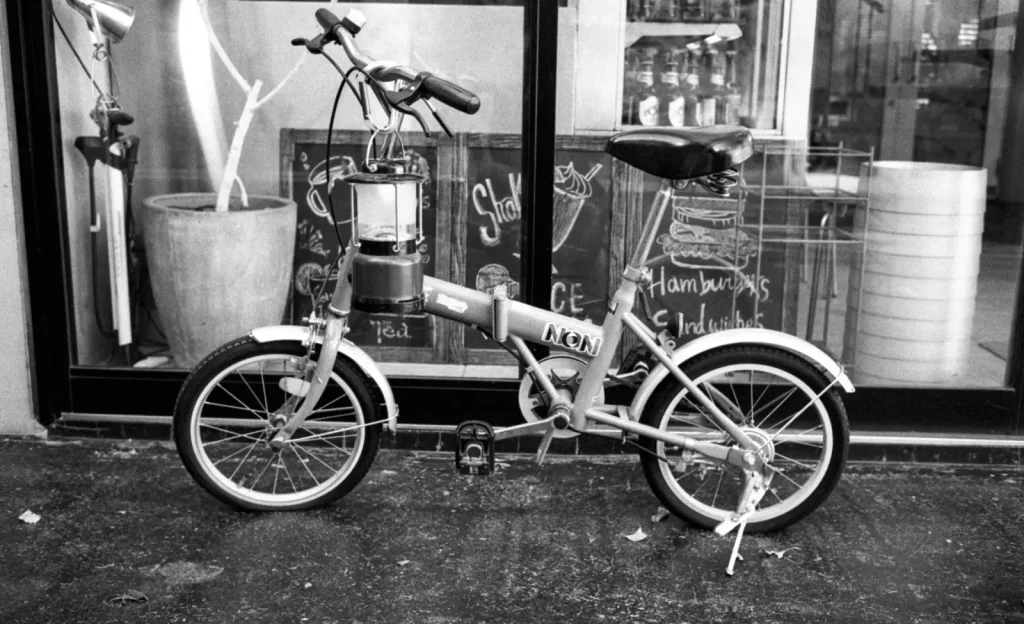
Monobath developers have always intrigued me, if for nothing else, cutting out a step in the development workflow. Cinestill has a monochrome monobath developer, but I have never found it available in Japan, and it is not important enough to me to order it from overseas and have it shipped. But here I was in Yodobashi Camera, with ARS-Imago product sitting in from of me on the shelf, whispering to me, “Buy me. I dare you!” So I did.

ARS-Imago Monobath MB is not exactly a bargain. At ¥5390 it is not quite twice its 23 euro cost in Europe, but a significant step up. According to the ARS-Imago’s data sheet, you can develop about fifteen roles of film for that, reusing the one-liter of solution, or you can dilute with water to make two liters of one-shot. Assuming you need about 300ml of solution to develop one role of film, that’s about eighteen or nineteen rolls at the outside. As for cost per roll—well, you can do the math. Only one caveat—use up the solution within two months, because it does go off.
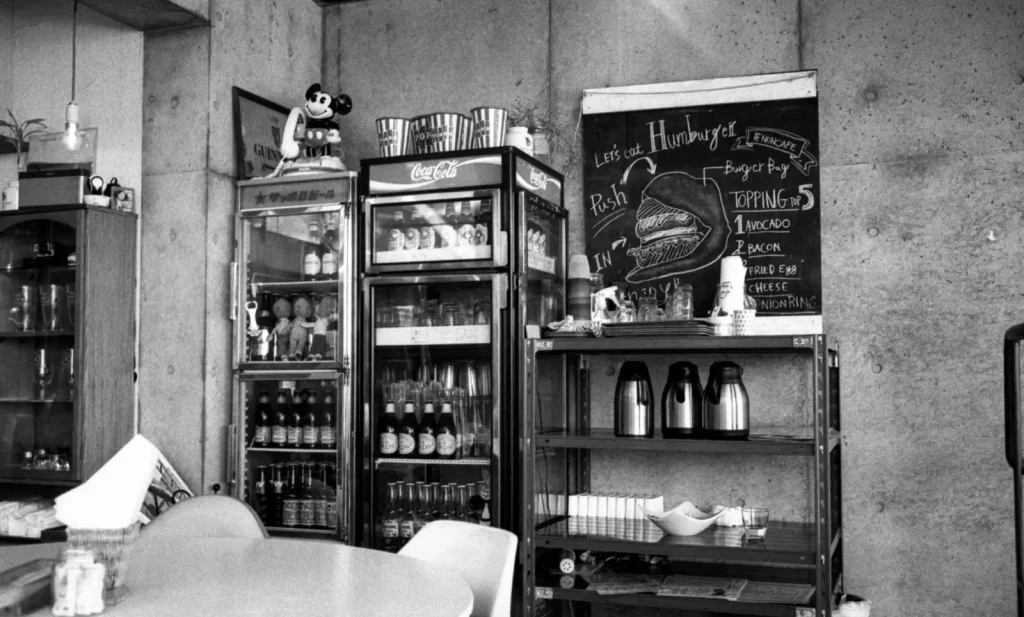
By comparison, for ¥2600 I can make five liters of Kodak T-Max developer, from which I can develop at least fifteen rolls and maybe sixteen, without reusing. Of course, I still need to factor in fixer cost, but even so, the cost per roll with T-Max Developer is just about half. Now if I use D-76, I can reduce that again by two-thirds.

In any case, it is not really about the money. It’s about the ease of workflow and the quality of results. As for workflow, it is pretty straightforward. One bath, at 20~24C for eight minutes, agitating for the first half-minute and then inverting twice every thirty seconds. Wash. Add wetting agent, and Bob’s your uncle!
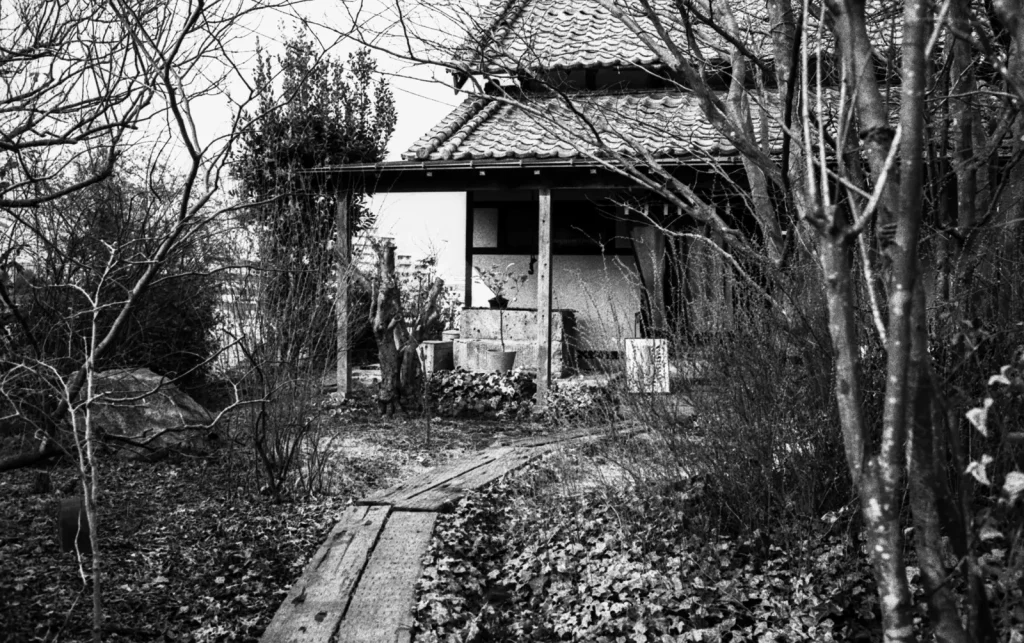
The 20~24C temperature range is nice, as that is pretty much room temperature most of the year for most people, and you have a lot of wiggle room. Not particularly onerous. As for mixing, for the reusable solution of one liter, just mix the contents of bottles A and B, one-to-one. No need for a Ph, D. In chemistry. For the one-shot solution, just add another liter of water, which makes for some added complexity, but I think I could manage that in a pinch.

Now something about this developer. ARS Imago does not recommend using it on T-grain films and suggests you get some pretty nasty results if you do. I did not try that out for myself. I’ll just take their word on it for now. So that means forget about using the monobath on any of the Kodak T-Max films, Ilford Delta, or Fujifilm’s Neopan Acros variations. As for cubic-grain films like lford Hp5 and Fp4, Kodak Tri-X, Rollei RPX, Fomapan or Kentmere—well, knock yourself out!

So that’s what I did. The photos in this piece, I shot with Kodak Tri-X 400. I shot some photos at box speed and others pushing one stop, which I increased the developing time to eleven minutes rather than the standard eight as a guess. I used a Leica M3 with first-gen Summicron 35mm f/2, and a Y2 yellow filter.
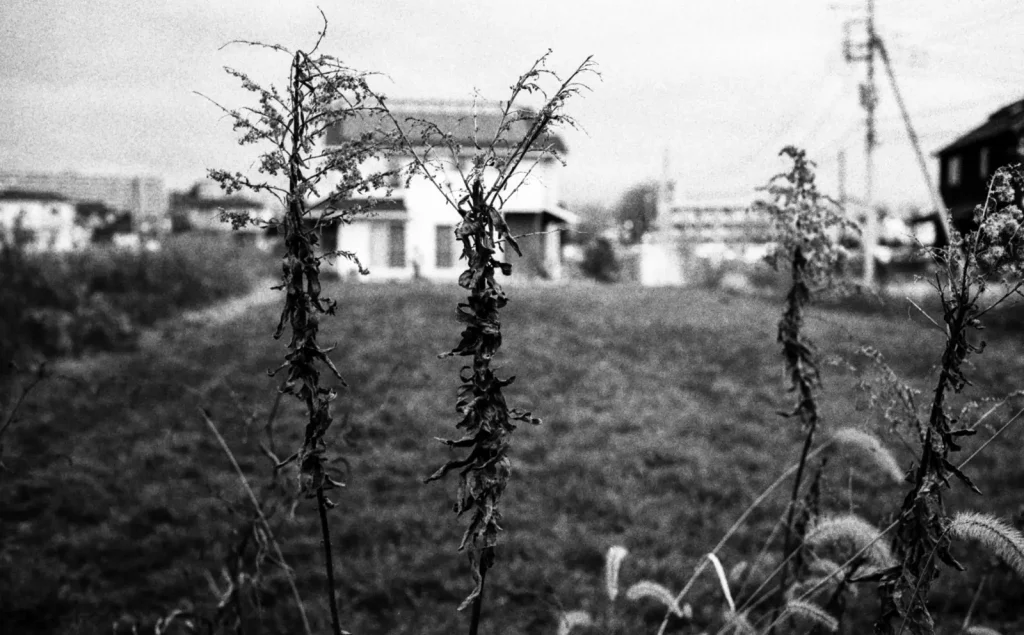
Judge the results for yourself. In my opinion, ARS-Imago Monobath MB is a fine developer, with nice, contrasty results, and an easy-peasy workflow. If that is worth it to you, the cost makes sense.

I am a street photographer who lives in Japan. If you would like to see more of my work, have a look at my website bleisteinphoto.com, or my Instagram @sbleistein
Share this post:
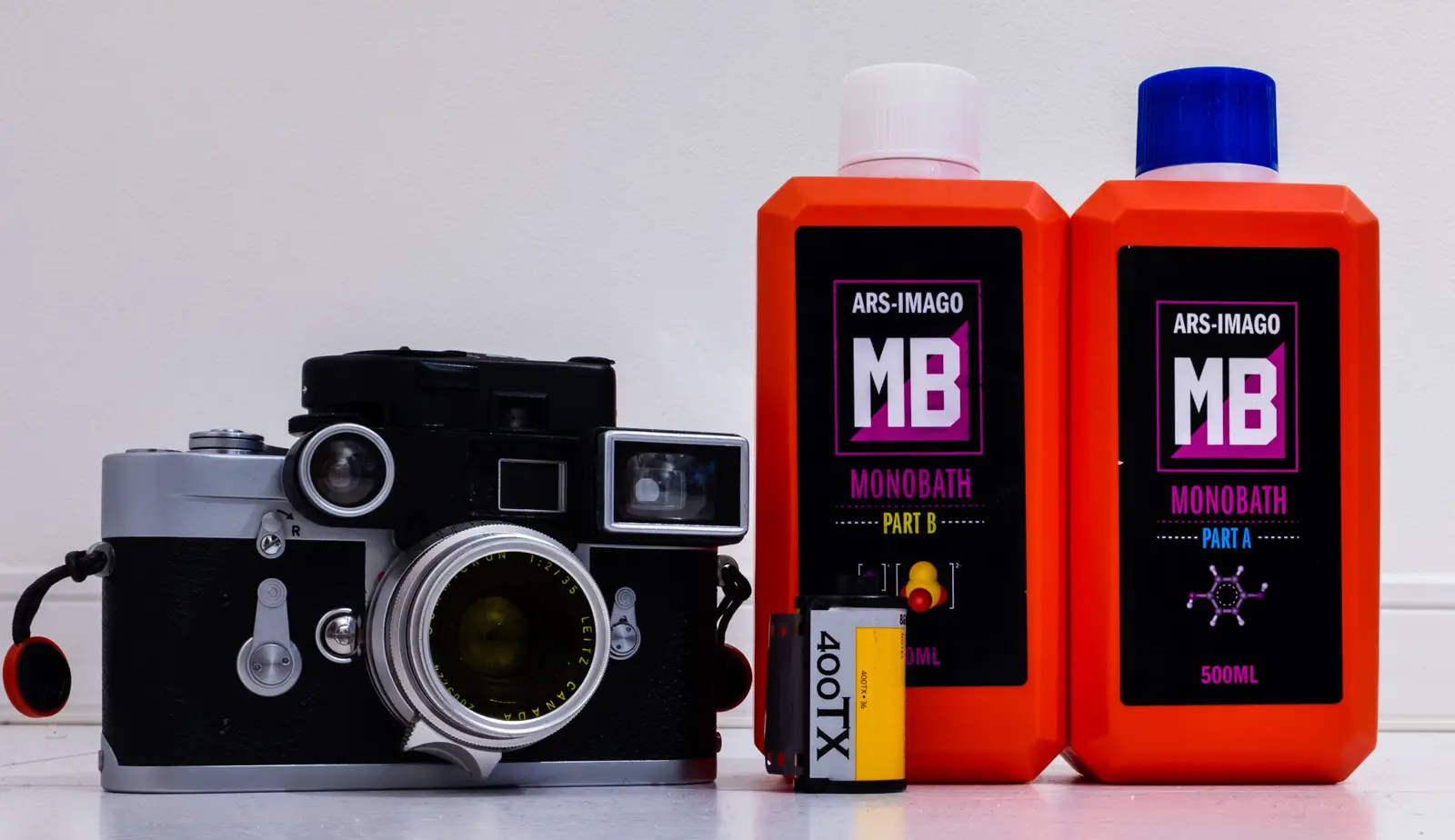








Comments
Khürt Williams on ARS-Imago Monobath MB Developer: Initial Thoughts – By Steven Bleistein
Comment posted: 24/03/2020
Eric Norris on ARS-Imago Monobath MB Developer: Initial Thoughts – By Steven Bleistein
Comment posted: 24/03/2020
Stephen J on ARS-Imago Monobath MB Developer: Initial Thoughts – By Steven Bleistein
Comment posted: 24/03/2020
I could have sworn that ARS Imago was Italian though?
I remember standing outside their shop in Rome at Christmas 2018 (28th December) waiting for them to open, so that I could buy precisely this product. Of course, they were enjoying a break, which did not include opening at all until the new year was "in". :(
They are also responsible for the Lab-Box daylight developing tank, which finally made it to market late last year.
David Hume on ARS-Imago Monobath MB Developer: Initial Thoughts – By Steven Bleistein
Comment posted: 24/03/2020
Roger B. on ARS-Imago Monobath MB Developer: Initial Thoughts – By Steven Bleistein
Comment posted: 24/03/2020
Comment posted: 24/03/2020
Comment posted: 24/03/2020
Clive W on ARS-Imago Monobath MB Developer: Initial Thoughts – By Steven Bleistein
Comment posted: 25/03/2020
Df96 uses temperature to vary development, which intuitively makes more sense to me, in that it shifts the rate of reaction and the crossover point when fixing takes over. The other night I talked the Df96 mechanism over with my son, whose Chemistry A-level is 30 years more recent (and two grades higher!) than mine. I’ll try him again on this one.
Marc Wick on ARS-Imago Monobath MB Developer: Initial Thoughts – By Steven Bleistein
Comment posted: 25/03/2020
Hope to see more results!
Rob MacKillop on ARS-Imago Monobath MB Developer: Initial Thoughts – By Steven Bleistein
Comment posted: 27/03/2020
Tom on ARS-Imago Monobath MB Developer: Initial Thoughts – By Steven Bleistein
Comment posted: 11/01/2021
Did you push iso in camera too?
Comment posted: 11/01/2021